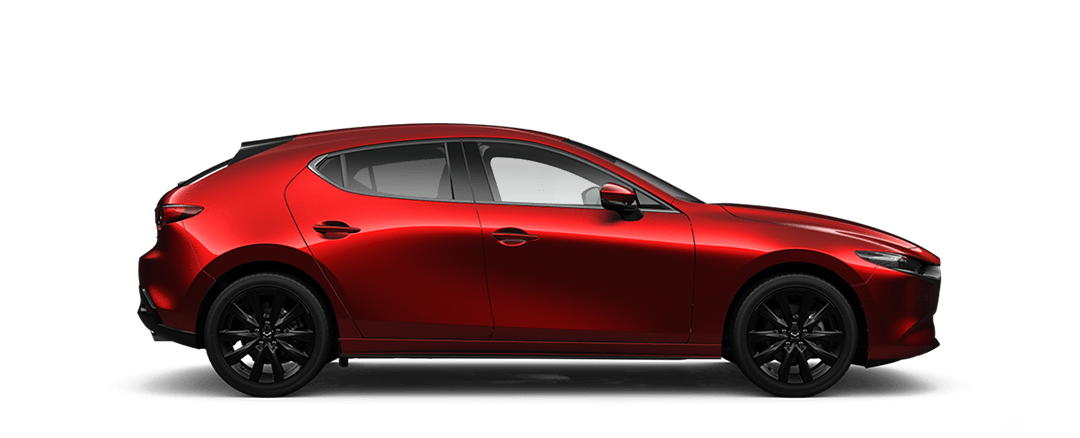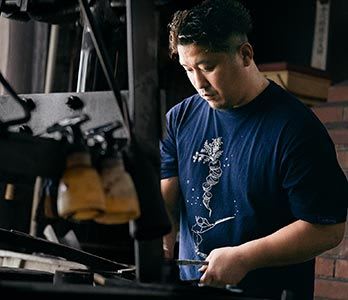Zoom-Zoom meets Kengo Hirose and Kouji Ishihara from Mazda’s Paint Group division to discover the secrets behind Mazda’s award-winning paint shop technologies.
Words Charlotte Briggs
Paint shop processes traditionally produce a large amount of CO2 and volatile organic compounds (VOCs). What has Mazda done to combat this and improve its environmental footprint?
KH: We switched from traditional solvent coatings to Mazda’s Aqua-tech technology, starting in 2009 with Mazda’s Brilliant Black paint, which we now use as part of the MX-30’s roof colour. These paints are water-based, which reduces the amount of VOCs emitted during the painting process and improves their function as individual paints. We also began using the Three Layer Wet Paint system, a process where the vehicle’s paint layers (primer, base and clear topcoat) are applied one after the other before being dried. This saves energy and reduces CO2 emissions because the paint no longer needs to be dried after each coat.
AQUA-TECH PAINT SYSTEM: This water-based painting technology releases significantly fewer volatile organic compounds (VOCs) during manufacturing compared to traditional solvent-based paint. In 2015 this system was the recipient of the prestigious Japanese Prime Minister’s Award for innovation in manufacturing and production.
What makes Mazda’s paint colours and technology so special?
KH: In order to create the original and vivid colours that Mazda is known for, we use fine, bright aluminium flakes and apply our own unique processes to them. The flakes have to be specific dimensions to be used and this influences how the vehicle’s body colour looks and its overall design. Our eco-friendly paints have improved chipping resistance and still share the same level of reliability and durability as their predecessors. And Mazda’s iconic red colour is deeply rooted in Hiroshima culture – you can see it in some of the city’s landmarks as well as our professional baseball team, the Hiroshima Toyo Carp.














